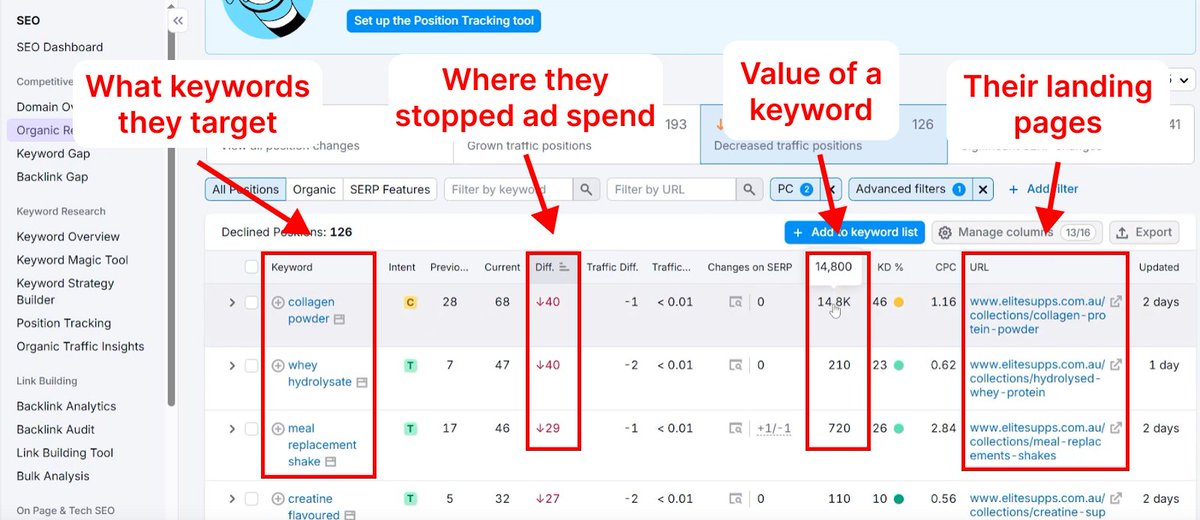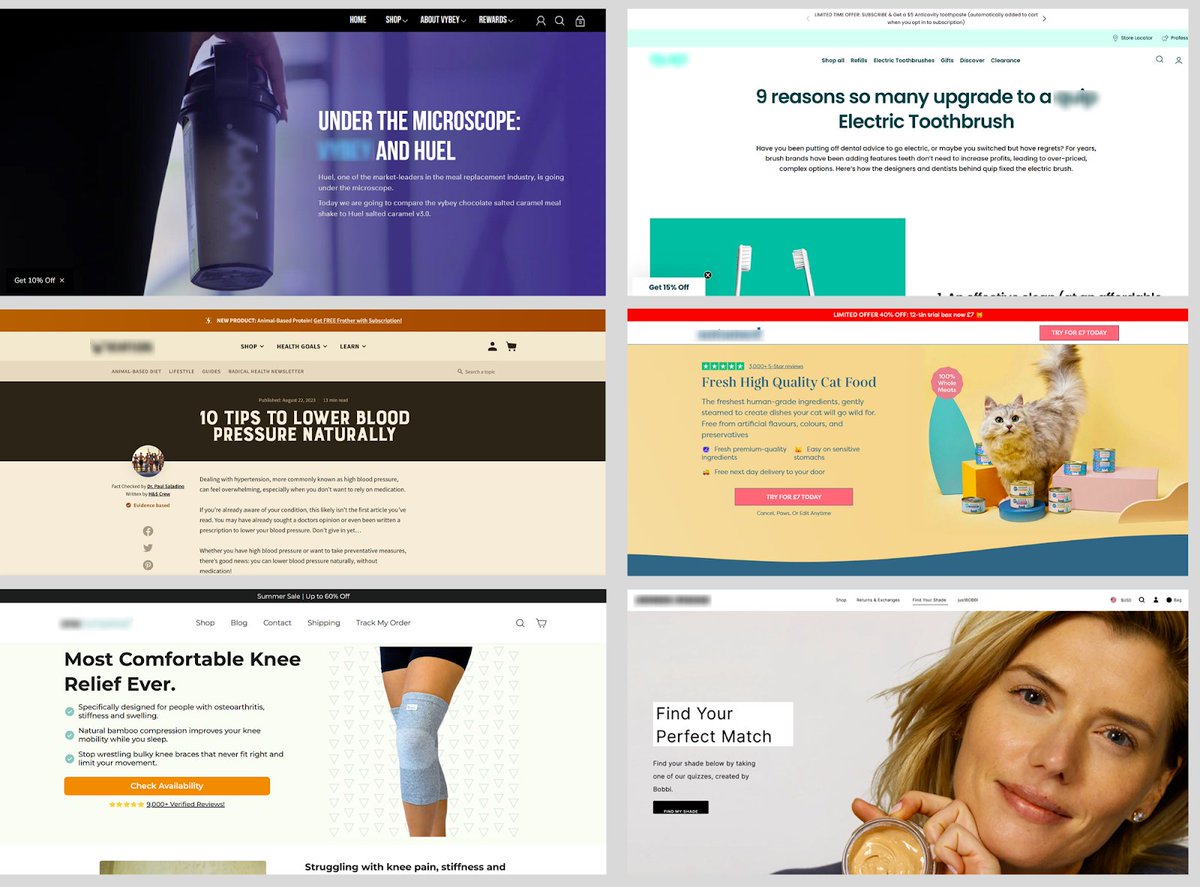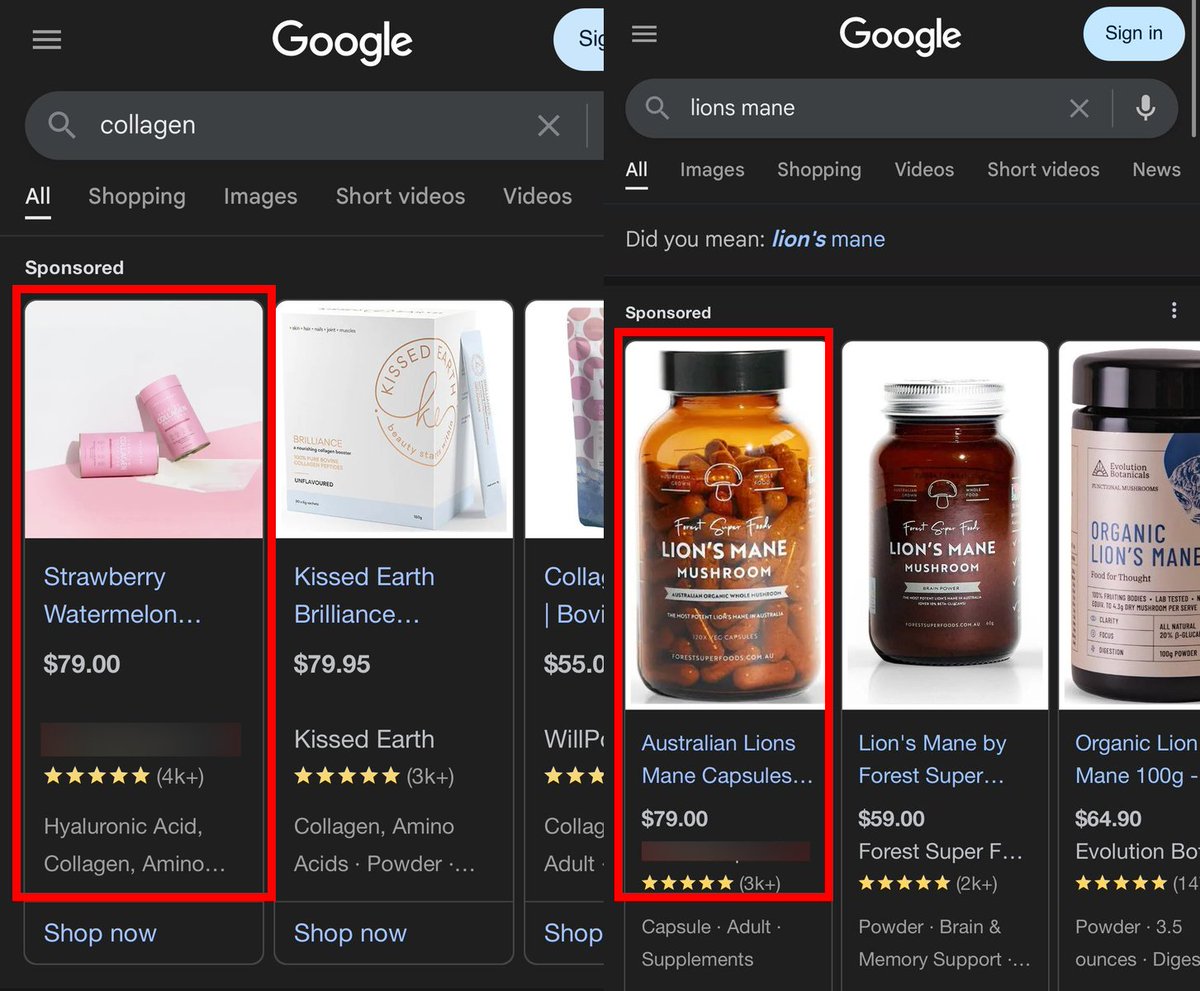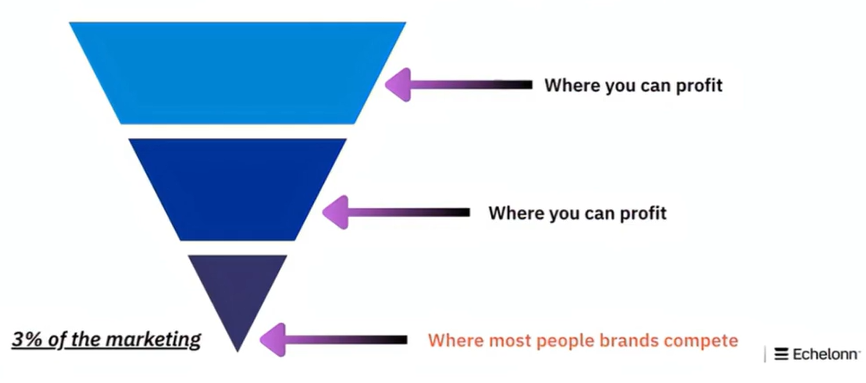Everyone tells you to spy on competitors’ ads but never shows you how.
So today, I'm gonna drop our entire competitor research process.
Here’s how to reverse-engineer any brand’s Google Ads strategy in 10 min: 🧵
So today, I'm gonna drop our entire competitor research process.
Here’s how to reverse-engineer any brand’s Google Ads strategy in 10 min: 🧵

A few things I’ll cover in this thread:
- Discover your REAL competitors
- Break down any brand’s strategy in under 10 minutes
- Spot gaps in the market and exploit them.
Whether you’re spending $1k/mo or $500k/mo, you’ll walk away with a big competitive edge.
Let’s dive in:
- Discover your REAL competitors
- Break down any brand’s strategy in under 10 minutes
- Spot gaps in the market and exploit them.
Whether you’re spending $1k/mo or $500k/mo, you’ll walk away with a big competitive edge.
Let’s dive in:
1. Find your real competitors.
90% of brands make decisions based on who they think their competitors are.
Not the ones that are actually stealing their most valuable traffic.
The thing is, Google literally shows who those competitors are.
90% of brands make decisions based on who they think their competitors are.
Not the ones that are actually stealing their most valuable traffic.
The thing is, Google literally shows who those competitors are.
Open Auction Insights in your top campaigns and ad groups.
Look at:
• Impression share (who shows more)
• Overlap rate (who bids on the same terms)
• Outranking share (who beats you)
This tells you who’s costing you sales.
Look at:
• Impression share (who shows more)
• Overlap rate (who bids on the same terms)
• Outranking share (who beats you)
This tells you who’s costing you sales.

2. Spy on their ads.
Once you know who’s competing with you, see how they show up.
Google Ads Transparency lets you view every live ad they’re running.
You’ll get access to their entire playbook, including offers, positioning, and creative.
Once you know who’s competing with you, see how they show up.
Google Ads Transparency lets you view every live ad they’re running.
You’ll get access to their entire playbook, including offers, positioning, and creative.

Search the brand name and filter by region, ad format & date last shown
Pay attention to their:
- Offers
- Messaging
- Positioning
- Creative formats (e.g, UGC videos, banners, etc.)
Now you know what they’re betting their money on.
Pay attention to their:
- Offers
- Messaging
- Positioning
- Creative formats (e.g, UGC videos, banners, etc.)
Now you know what they’re betting their money on.
3. Find valuable “abandoned” keywords
Most people only look at what keywords competitors target today.
But the real gems are the ones they’ve stopped bidding on.
Think about it for a second.
If a brand spent money on a keyword, they saw some potential there.
Most people only look at what keywords competitors target today.
But the real gems are the ones they’ve stopped bidding on.
Think about it for a second.
If a brand spent money on a keyword, they saw some potential there.
When they pulled back, it’s either because:
- It wasn’t profitable
- It was profitable, but their funnel failed, or they moved budgets elsewhere
Either way, it’s worth investigating.
- It wasn’t profitable
- It was profitable, but their funnel failed, or they moved budgets elsewhere
Either way, it’s worth investigating.
Here’s how to find those keywords:
Open SEMrush → Paid Keywords → Click Position Lost.
These are keywords they used to bid on but have since walked away from.
Some are landmines to avoid.
Others are golden opportunities to step in and grab traffic at a discount.
Open SEMrush → Paid Keywords → Click Position Lost.
These are keywords they used to bid on but have since walked away from.
Some are landmines to avoid.
Others are golden opportunities to step in and grab traffic at a discount.

4. Analyze regional strategies
Your competitors might not use the same strategy for all markets.
They can launch city-specific campaigns, regional offers, and local ads.
Also…you’ll often find your “biggest” competitor doesn’t even bid in certain cities.
Your competitors might not use the same strategy for all markets.
They can launch city-specific campaigns, regional offers, and local ads.
Also…you’ll often find your “biggest” competitor doesn’t even bid in certain cities.
Back in Google Ads Transparency, filter by Location.
See if they’re skipping or not optimizing ads for certain areas.
That’s your chance.
Compete where they’re asleep, and you’ll pick up revenue with less spend.
See if they’re skipping or not optimizing ads for certain areas.
That’s your chance.
Compete where they’re asleep, and you’ll pick up revenue with less spend.
5. Exploit gaps
Go back to everything you uncovered and see where you can take advantage of.
Stack all the insights: competitors, ads, keywords, funnels, regions.
Then ask yourself: What aren’t they doing?
To make it more concrete, here are a few examples:
Go back to everything you uncovered and see where you can take advantage of.
Stack all the insights: competitors, ads, keywords, funnels, regions.
Then ask yourself: What aren’t they doing?
To make it more concrete, here are a few examples:
If they have no video ads? → Test YouTube + PMax.
Generic product shots? → Use lifestyle images.
Weak titles? → Rewrite with relevant keywords (“trail running sneakers” > “men’s shoes”).
Every hole in their strategy is an opportunity for you.
Generic product shots? → Use lifestyle images.
Weak titles? → Rewrite with relevant keywords (“trail running sneakers” > “men’s shoes”).
Every hole in their strategy is an opportunity for you.
Don’t overcomplicate this process.
- Pick ONE competitor from Auction Insights
- Run them through this process
- Document everything you find
- Use those insights to launch better campaigns
- Then repeat with the next competitor.
- Pick ONE competitor from Auction Insights
- Run them through this process
- Document everything you find
- Use those insights to launch better campaigns
- Then repeat with the next competitor.
Remember, most brands aren't doing this level of analysis.
While they're making decisions based on assumptions, you'll be making decisions based on data.
That's an unfair advantage that compounds over time.
Go through this process again and plug it into your strategy.
While they're making decisions based on assumptions, you'll be making decisions based on data.
That's an unfair advantage that compounds over time.
Go through this process again and plug it into your strategy.
We made a free training on how you can use ChatGPT to boost your Shopping Ads performance.
Watch it here:
resources.echelonn.io/chatgpt-4o-goo…
Watch it here:
resources.echelonn.io/chatgpt-4o-goo…
• • •
Missing some Tweet in this thread? You can try to
force a refresh










